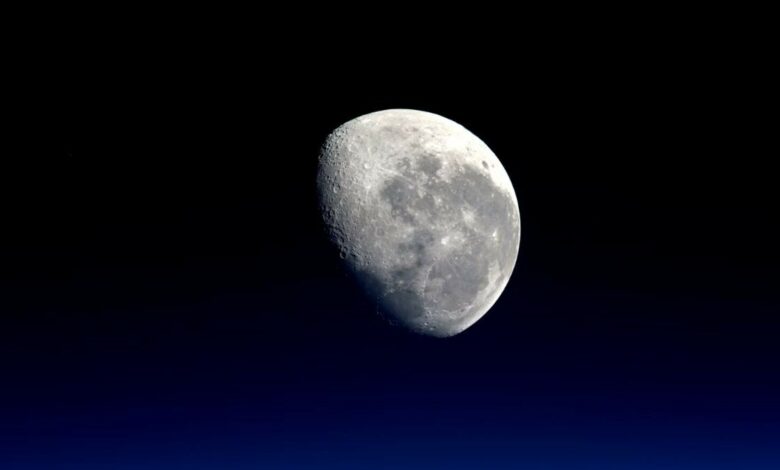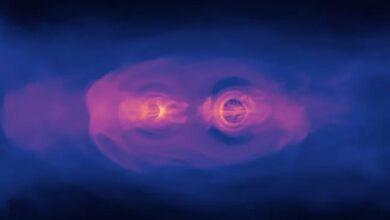Moon atmosphere created by meteorite impacts, new research reveals

For years, scientists have wondered where the moon’s tenuous atmosphere, known as the exosphere, comes from. Recent research provides a clear answer: meteorite impacts are the primary source of the moon’s atmosphere. This process, called “impact vaporization,” occurs when meteorites collide with the lunar surface, vaporizing materials that either escape into space or remain in the moon’s exosphere.
The study, led by Nicole Nie of MIT, highlights that this impact vaporization has been renewing the moon’s atmosphere for billions of years. When meteorites hit the moon, they kick up lunar soil, creating a thin layer of vapor that replenishes the exosphere.
Moon bombardment and its effects
The Moon’s heavily cratered surface is evidence of its long history of meteorite impacts. During the early solar system, large meteorites regularly bombarded the Moon. Over time, these impacts ground it down into smaller particles known as micrometeoroids. Despite their size, these smaller impacts continue to renew the Moon’s atmosphere.
Scientists initially suspected that impact vaporization was an important process, but needed to confirm. Previous research, including data from NASA’s Lunar Atmosphere and Dust Environment Explorer (LADEE), suggested that both impact vaporization and “ion sputtering” (a process by which solar wind particles energize lunar atoms) played a role in forming the moon’s exosphere.
Research into clues in lunar soil
To determine the dominant process, researchers analyzed lunar soil samples from NASA’s Apollo missions. They focused on potassium and rubidium, two elements that are easily vaporized by meteorite impacts or solar sputtering. By comparing isotopes of these elements in lunar soil, the team determined that impact vaporization is the primary source of the moon’s atmosphere.
Their findings show that about 70 percent of the moon’s exosphere is generated by meteorite impacts, while the remaining 30 percent is attributed to interactions with the solar wind. This research not only improves our understanding of the moon’s atmospheric processes, but also provides insights that could be relevant to other moons and asteroids.




